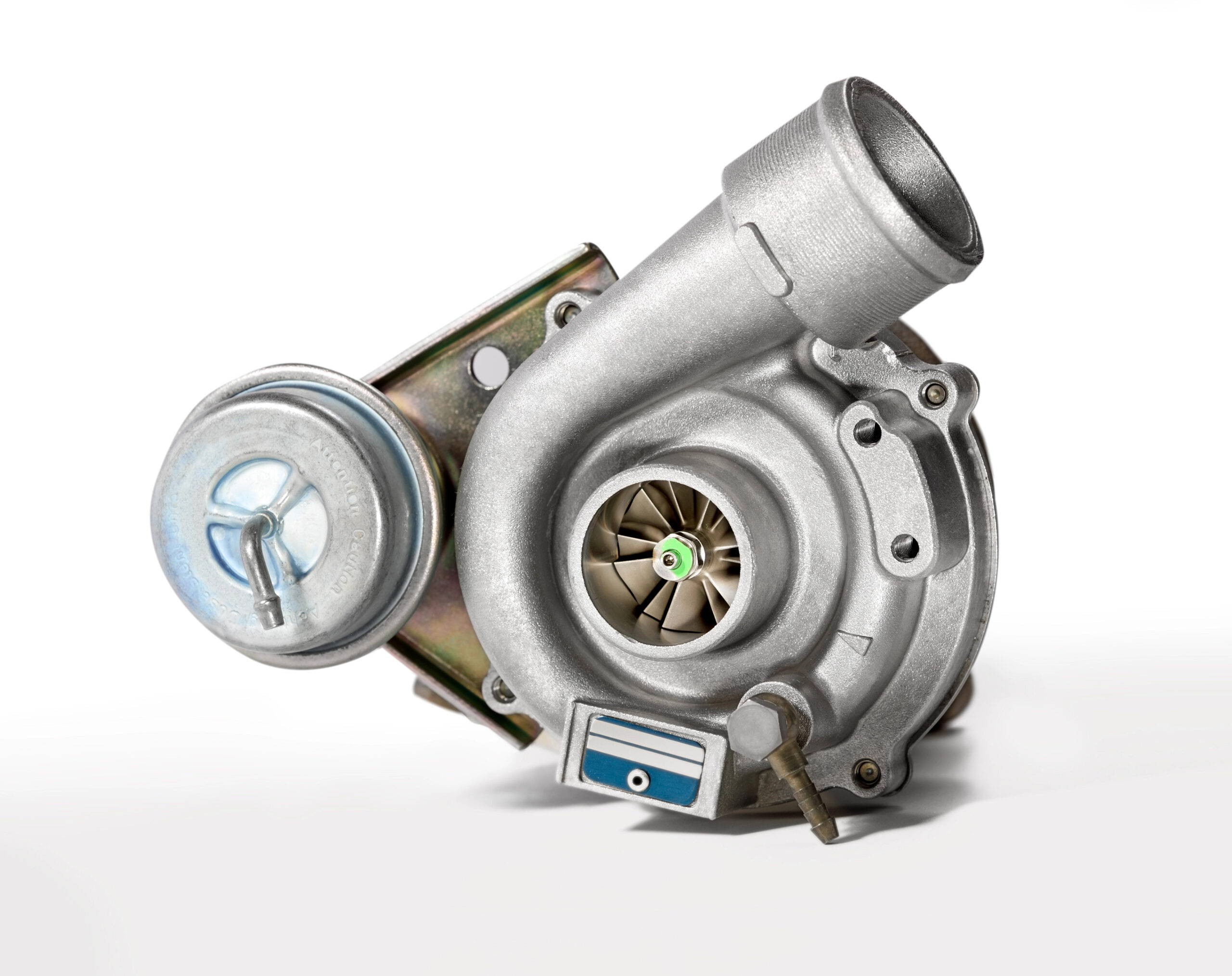Question: How do you install a turbo on a non-turbo car?
I love fast cars! I watch all the car movies and go to car shows, but my car just has a little naturally aspirated engine. What’s the easiest way to install a turbo on a car?
Answer: Adding a turbocharger to a standard, non-turbo (a.k.a. “naturally aspirated”) engine is possible but generally not recommended. If you decide to do it, the easiest way is to use a kit specially designed for your car’s make and model. Steps include:
- Removing old gasket material from the exhaust manifold and pipe.
- Putting the turbo on the manifold or engine block with a gasket or O ring.
- Connecting the exhaust pipe.
- Installing an oil drain line.
A supercharger is a component that compresses air very densely and forces it into an engine (a.k.a. “forced induction”), providing extra oxygen for burning fuel. Early superchargers used crankshafts, gears, belts and chains to compress the air. A turbocharger is a specific type of supercharger that instead uses spent gasses from the exhaust to spin a turbine that compresses the air. When an engine has additional air, more fuel can be added to it, enabling extra powerful explosions in each of its cylinders and giving the car a boost. A general rule of thumb is that adding 50 percent more air results in 30 to 40 percent more power.
Experts say that it’s easier to add a supercharger onto an engine than to add a turbocharger, because the supercharger need only be integrated with the intake system whereas a turbo must be integrated with both the exhaust and intake systems. Either may necessitate adding an intercooler as well, to reduce the extra heat in the engine. Note that superchargers can boost a car almost instantly, but turbochargers typically have a little bit of lag, because the exhaust pressure has to build up to create enough force to spin the turbine.
If you add a turbocharger to a car that’s not designed with one, you might have to make modifications to other components such as the clutch, pistons, valves and fuel pump in order for the whole system to work properly. Some companies make turbo kits with the necessary pieces.
Have a mechanic do it
Rather than add the turbo yourself, you could buy a turbocharged engine and have your mechanic swap the whole thing out. Or, choose a car that’s built with turbo. Although the feature was once reserved for motorsport cars, turbos are becoming common in standard vehicles — from the Porsche 911 Turbo to the Kia Sportage Hybrid, and even a Ford Ranger pickup truck!
Automakers began adding turbochargers in recent years to meet federal regulations calling for increased fuel efficiency and decreased carbon dioxide emissions. According to the U.S. Environmental Protection Agency, in model year 2000, turbochargers were only found in about 1% of cars produced. By 2019, 34% of all new light-duty vehicles had them. The research firm Astute Analytica predicts that by 2030, turbos will be standard in new cars.
Beware that having a turbocharged engine may increase your cost of insurance, because it has more power and speed than a standard engine, increasing the odds of an accident. Oftentimes, they can also cost more to repair.

Deirdra Funcheon is a journalist with a master`s degree from Boston University and more than 20 years of experience covering a broad range of topics. She has worked at Univision (on the investigative team at Fusion), Axios (where she covered Miami-area news) and Bisnow (covering the commercial real estate industry). At Jerry, she aims to empower drivers with knowledge about how their vehicles work and how best to handle repairs, insurance and other complications of car ownership.

Chris Burkhardt is a writer and editor with over a decade of experience across various storytelling mediums. With Jerry, Chris hopes to help anyone with a question about their vehicle easily find the answers they are looking for. Whether you need to know how much insurance costs for a classic car, how to replace a broken light or tell if you need an oil change, Chris wants to help you find solutions the best he can. Prior to joining Jerry, Chris was a digital content producer and writer for NBC and a freelance editor for NerdWallet. A graduate of the University of Oregon’s School of Journalism and Communication, if Chris is not working on content, he’s sure to be found cheering on his Ducks!







